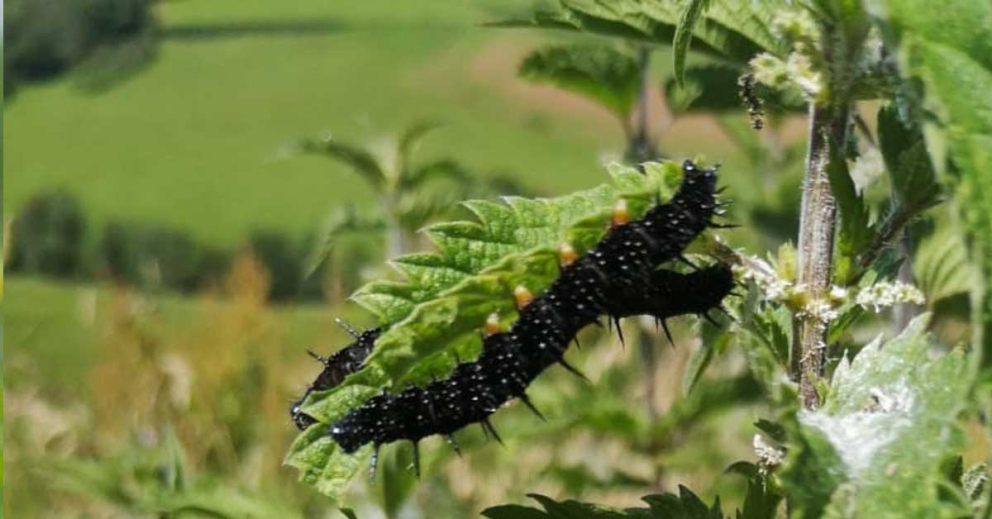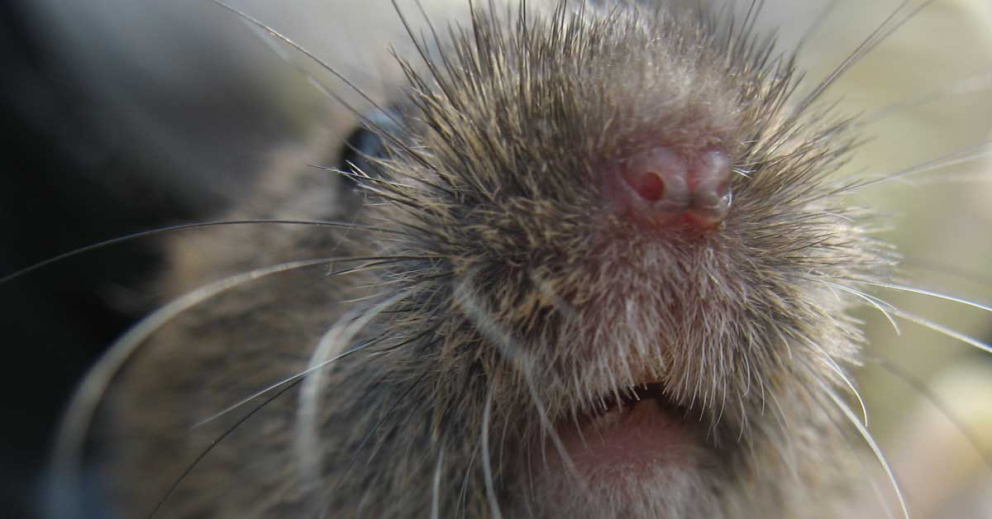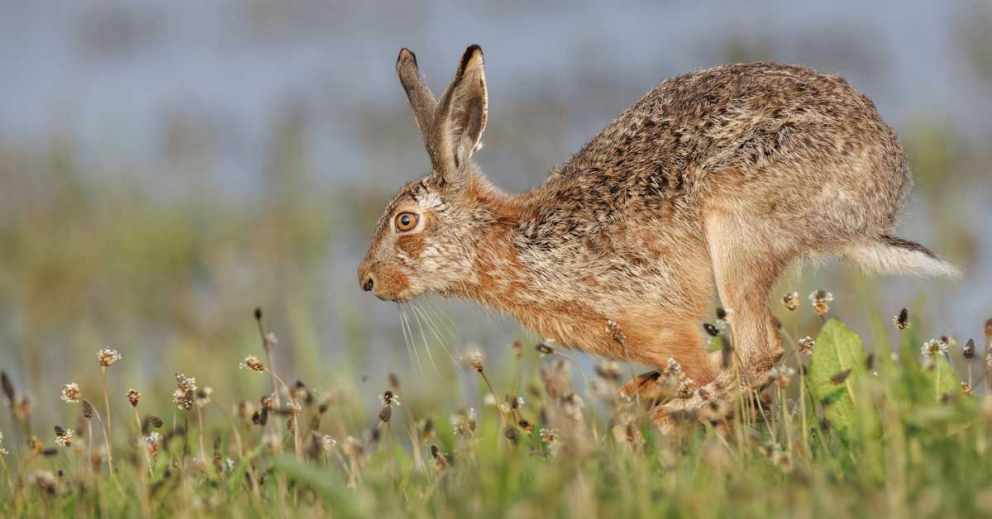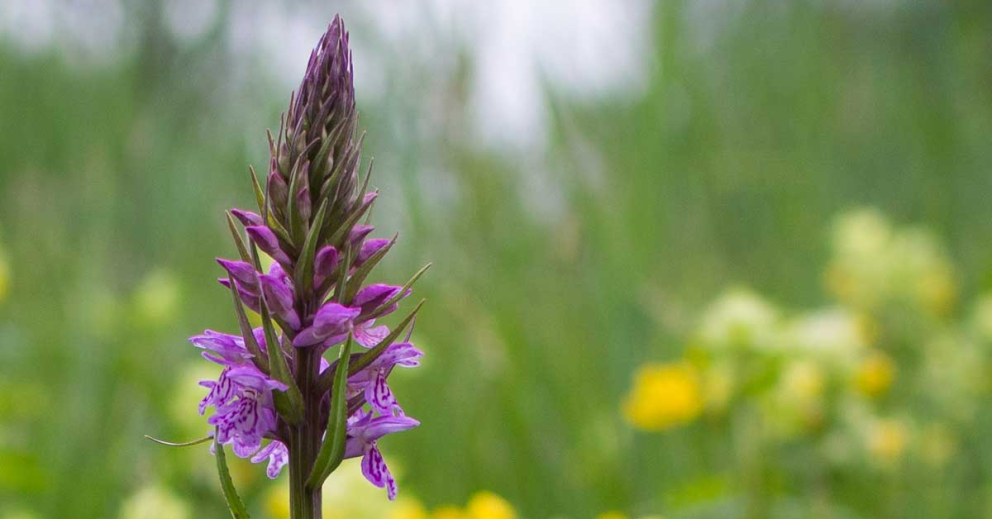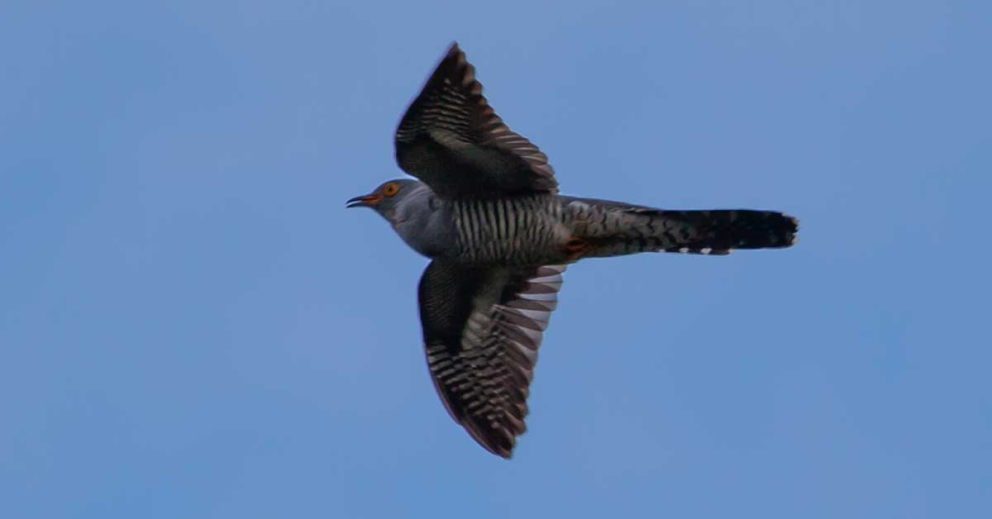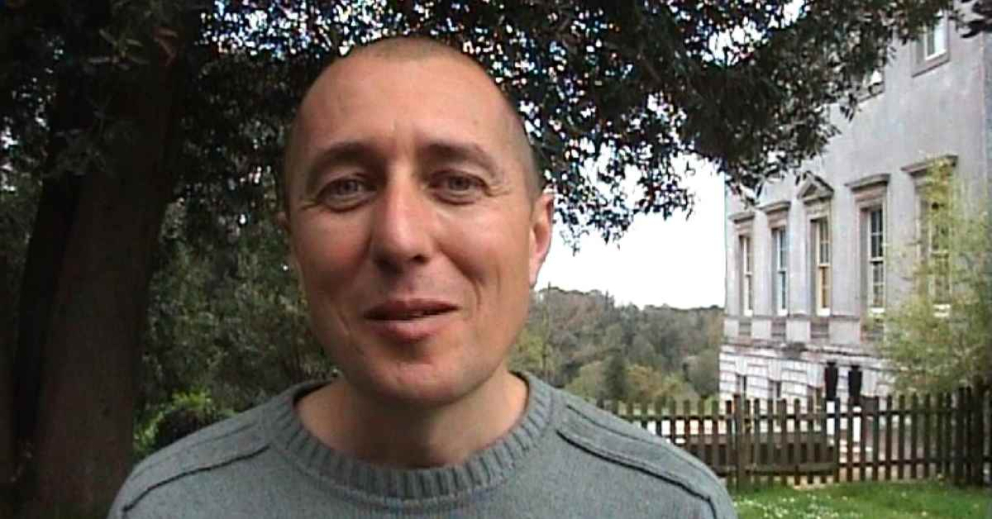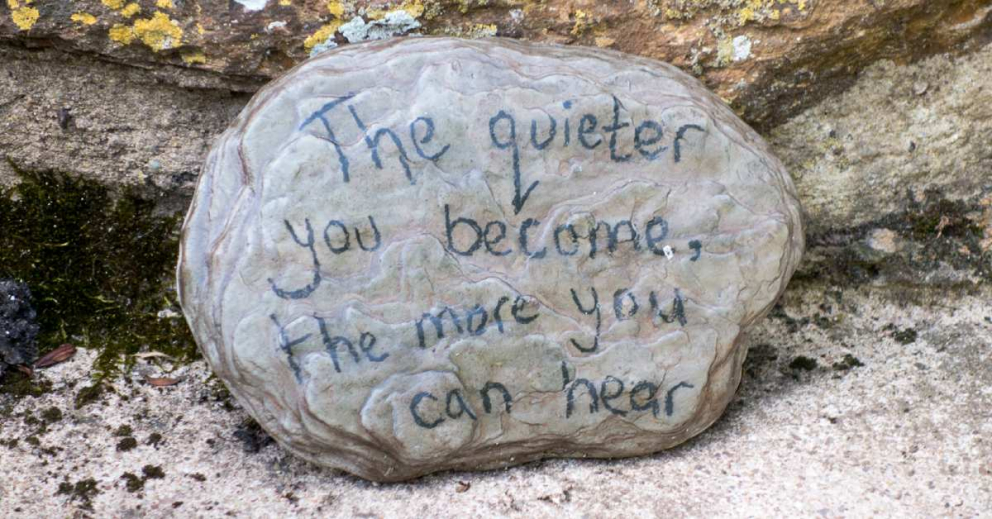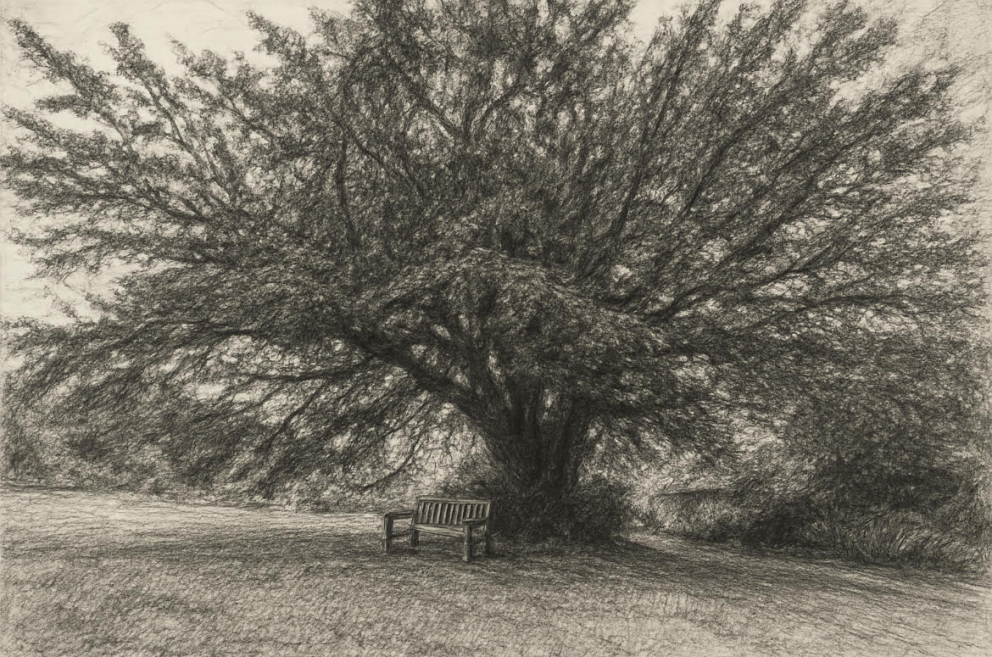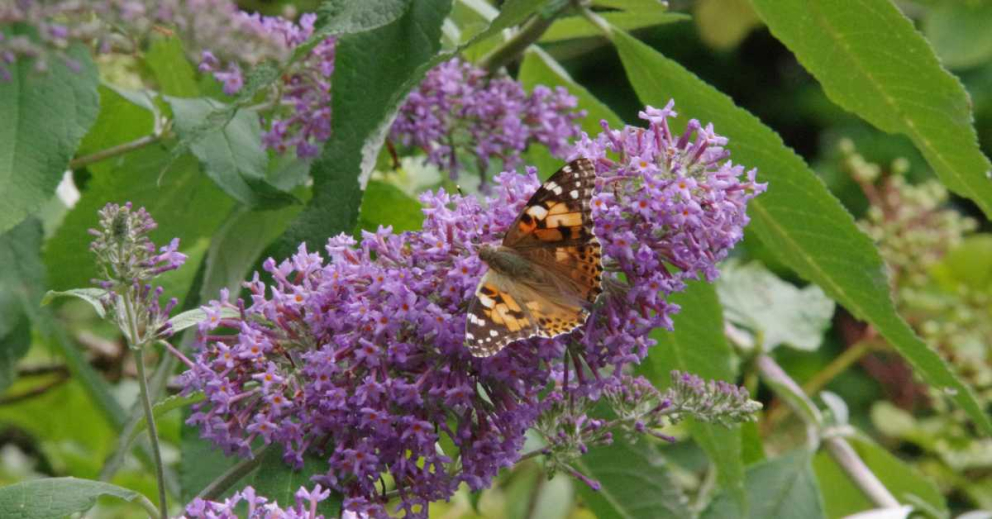
Butterflies and pollinators are under threat elsewhere - but we’re bucking the trend on our rewilding fields and seeing lots of positive changes, according to our partners in restoring nature.
Hares have been seen for the first time on our rewilding fields this year, more pollinators have been recorded feeding on a wider variation of plant-life and 2025 has been 'spectacular' for butterflies.
Contrast this with the international scenario of declining insect numbers and biodiversity loss and our six-year-old rewilding experiment is proving its worth - not only to us but to its non-human inhabitants.





